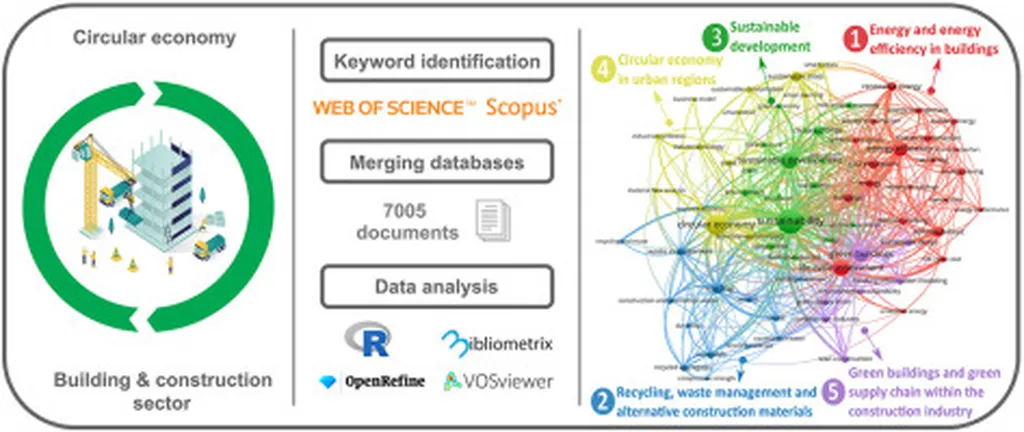In the heart of Adelaide, Australia, researchers at the University of South Australia (UniSA STEM) are unraveling the complexities of information sharing in the construction industry, a critical factor in the transition towards a circular economy. Led by Yuhui Sun, a team of academics has published a groundbreaking study in the journal ‘Buildings’ (translated to ‘Buildings’), shedding light on the barriers that hinder effective information exchange among stakeholders in construction projects.
The construction industry is under immense pressure to reduce its environmental impact and adopt sustainable practices. The circular economy approach, which focuses on minimizing waste and maximizing resource efficiency, has emerged as a promising solution. However, the successful implementation of this approach hinges on the seamless sharing of information among all parties involved in a construction project, from design and planning to demolition and disposal.
Sun and her team have identified four key components that facilitate information sharing: context, content, people, and media. By systematically analyzing existing literature and conducting a case study, they have uncovered a web of interconnected barriers that impede the information-sharing process. These barriers span technological, organizational, and human dimensions, highlighting the need for comprehensive solutions.
“Information barriers are interlinked and require holistic approaches,” Sun explains. “Addressing these barriers is not just about implementing new technologies or changing organizational structures. It’s about understanding the complex interplay between these factors and developing strategies that consider all aspects.”
The findings of this study have significant implications for the construction industry and the broader energy sector. Effective information sharing can lead to improved decision-making, enhanced resource efficiency, and reduced waste, ultimately contributing to a more sustainable built environment. Moreover, as the energy sector increasingly intersects with the construction industry, particularly in the development of energy-efficient buildings and infrastructure, the insights from this study can inform strategies for better information management and knowledge sharing.
“The energy sector can benefit greatly from improved information sharing in construction projects,” Sun notes. “By understanding the barriers and developing strategies to overcome them, we can facilitate the transition towards a circular economy and create a more sustainable future.”
This research not only provides a comprehensive framework for understanding information-sharing barriers but also offers a roadmap for future developments in the field. As the construction industry continues to evolve, the insights from this study will be invaluable in shaping policies, practices, and technologies that promote sustainability and efficiency.
In the words of Sun, “This study is just the beginning. We hope that our findings will inspire further research and collaboration, ultimately leading to a more sustainable and resilient built environment.”

